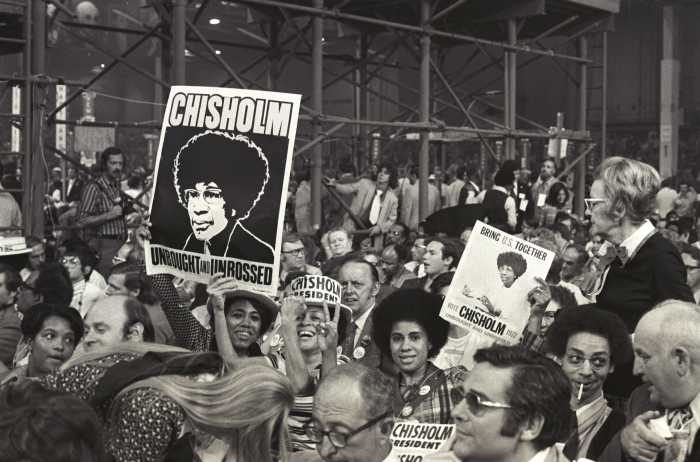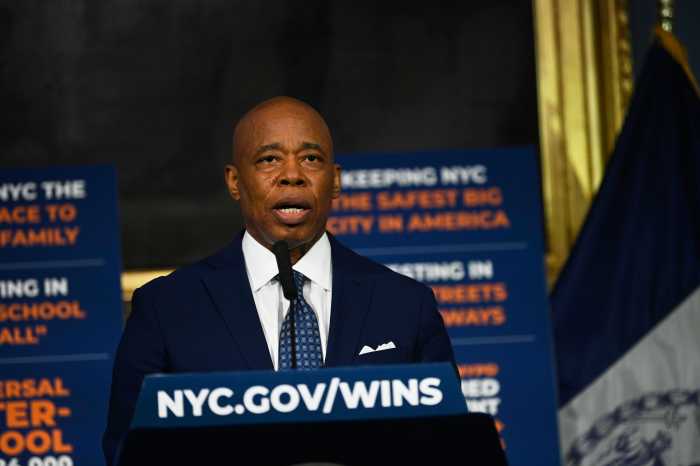
As American political junkies pore over the mid-term congressional election results to appraise President Obama’s fate for his final two years in office, a very welcome idea has emerged from the hallowed halls of Duke University.
In a New York Times op-ed, David Schanzer, a Duke professor of public policy, and Jay Sullivan, a junior at the university, propose to end what has become midterm political madness, by changing the election of House members from every two years to four.
The idea not only would ease the burden of incumbents devoting so many hours raising campaign money that they have little time to address their legislative responsibilities and establish a record. It also would give voters more time and basis for assessing that record, and would assure a much larger turnout by twinning the congressional balloting with voting for president.
The change would require a constitutional amendment. But had it been in place for the cycle just ended, the incumbent president would not have been required to go into virtual hiding as Barack Obama did in selective campaigning for fellow Democrats.
There would have been no turning the midterms into such a critical challenge for a lame-duck second term president struggling to salvage the last two years of his tenure. A billion dollars or more would be saved every midterm year by canceling out the avalanche of campaign ads in key districts and states that drive voters to distraction, giving politics an even worse name than it otherwise would have.
The Duke sponsors would also change the terms of senators to four or eight years, also to coincide with the presidential election, abandoning the current system wherein one-third of the senators holding six-year terms would have to face the electorate every two years.
Having both House and Senate members serve terms of the same length might well diminish the stature of the latter, but the senators would still represent their entire state rather than a smaller district. And the small states would retain equal stature in the Senate, a provision accepted by the founding fathers in Philadelphia in 1787.
Schanzer and Sullivan calculate that the congressional midterm elections historically have weakened presidents of both parties, with the Democrats losing an average of 25 House and four Senate seats in them, and the Republicans losing 20 in the House and three in the Senate. The upside of the proposed change for both parties might well be greater tolerance, if not popularity, among an increasingly irritated public.
It could be argued that eliminating the midterms, while increasing turnout for the congressional elections as part of choosing the president every four years, could benefit the Democrats. Their most loyal constituencies, such as African-American and Hispanics, would be more likely to show up at the polls.
But such an eventuality would also provide a greater incentive for Republicans to follow through on their declared determination after the 2012 presidential election to appeal to these voting blocs as essential to remaining competitive for the presidency.
For all that, however, the current two-year House terms and the staggered Senate terms are probably so entrenched that such a major change would likely run into the same bickering and obstructionism that already has produced maddening stalemate in Congress.
For the same reason — resistance to changing the status quo — campaign finance reform has been all but obliterated as a crusade in the political community. Incumbents depend too much on continued and massive giving by special interest groups to risk disrupting the flow of campaign cash. So don’t bet the rent money that this idea whose time may have come will actually come about.
Instead, the guessing game will go forward now on how the midterm results will affect the Obama legacy, even as attention inevitably jumps forward to the 2016 presidential election.
Jules Witcover’s latest book is “The American Vice Presidency: From Irrelevance to Power,” published by Smithsonian Books.































